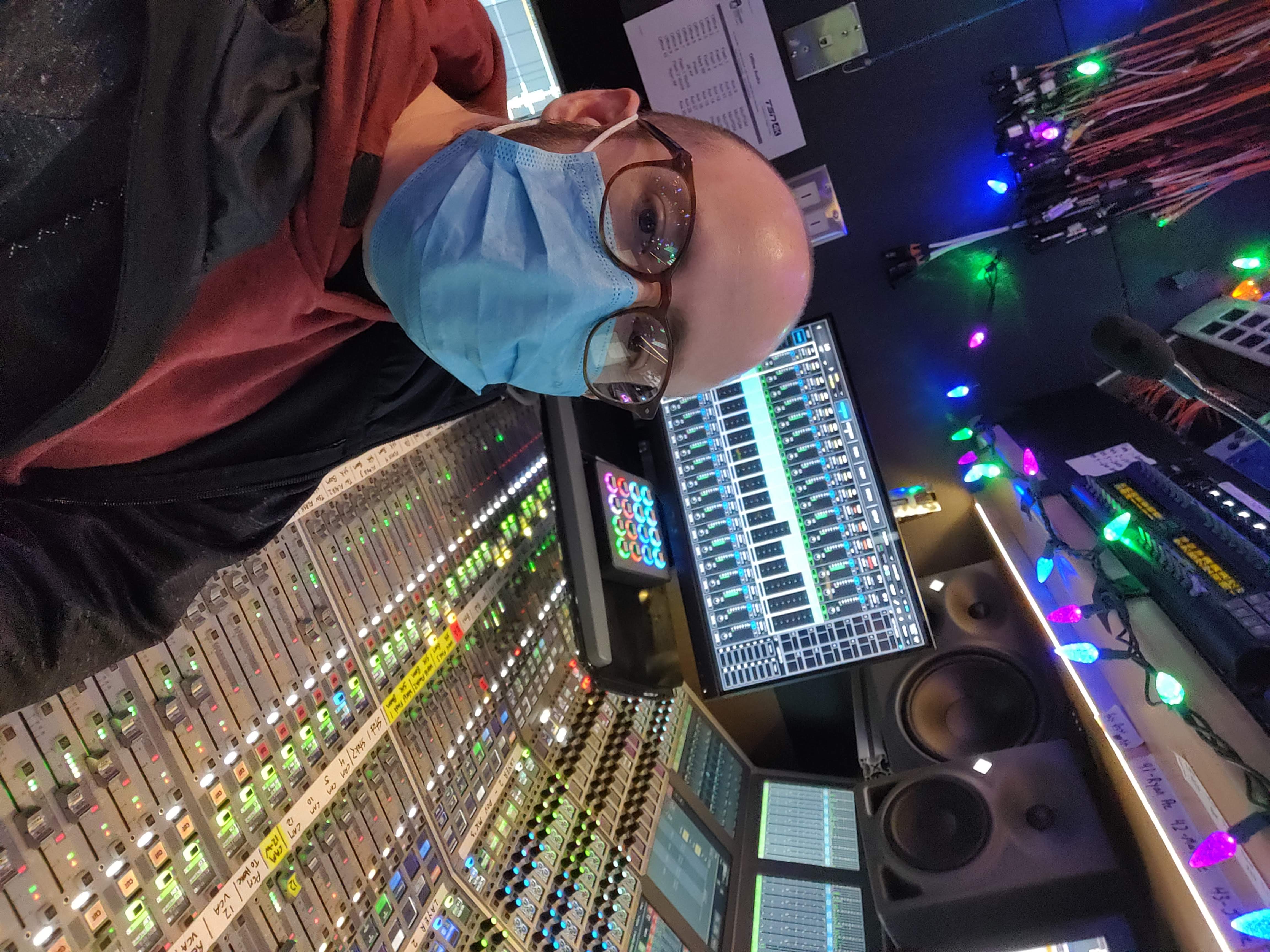CBC, SportsNet Tap Calrec to Produce NHL in 5.1
In Canada, CBC and Sportsnet made the decision to produce all NHL regular season games and playoffs in discrete 5.1 audio

TORONTO, Canada—As an A1 and Sound Guarantor for Dome Productions, I’ve worked on some major shows as an audio mixer, comms person, and guarantor. Dome Productions is one of North America’s leading production facilities providers, offering mobile production facilities, transmission services, studio facilities and full turnkey host broadcast services. Traditionally, most of our work has come from live sporting events, for which I’ve used a variety of audio consoles over the years, including most of Calrec’s consoles.
Calrec consoles make large scale audio routing and mixing easy, specifically the Artemis and Apollo, which was especially important with the COVID lockdowns.
HOCKEY IN A BUBBLE
Because of COVID, the world of live television broadcast has seen a decrease in live events, but the impact of the virus has also forced the industry to adapt to a new way of making television. We witnessed this last summer with the NHL Stanley Cup playoff “bubble” in Canada, and it continued into this past regular season of NHL hockey. No longer do we have two or three mobile television trucks with their own crews, microphones, and cameras, but rather one truck providing a “host broadcast” style show.
In Canada, CBC and Sportsnet made the decision to produce all regular season games and playoffs in discrete 5.1 audio. That itself is a large undertaking, but we were also tasked with producing clean feeds and mixes for other broadcasters to use. In total, for a regular season hockey game, our transmission audio went from around eight to 62 total channels.
The broadcast truck provided roughly nine different video feeds, each having between six and eight channels of audio. We had some overlap of course, so not every channel was unique, but in a routing sense this was a large organizational endeavor. The cherry on top of this workflow was that depending on the other broadcasters involved, that channel mapping could change from game to game. The tools that made this job easier above all others were the Calrec Apollo and Artemis consoles.
SIMPLE `TONE’ BUTTONS
Get the TV Tech Newsletter
The professional video industry's #1 source for news, trends and product and tech information. Sign up below.
These consoles give me layers and layers of channels, which is comforting during large shows. When lining up the broadcast, playing test tones out our transmission path went from being a 3-minute job to sometimes taking 30 minutes or more. It might seem like a simple tool, but audio engineers know that toning out a show on other consoles can be unnecessarily complicated.
Calrec has simple “tone” buttons on all of the main outputs and a menu that allows you to mute and identify separate legs or stems of every output. Are you lining up with someone who requests a sweep, or a left/right identify? It just takes the push of one button, no issues.
Calrec consoles are also versatile. I can send any audio source anywhere I need either internally or externally, downmixed, delayed, digital, or analog—you name it.
Beyond this, muscle memory is important when working in a fast-paced environment. Whether I’m used to reaching out with my left hand or my right hand to quickly grab the gain of an audio source, the console lets me build my layout however I want. It’s nice not being locked into a specific layout, which is just one of the numerous benefits I get working with Calrec consoles.
For more information contact Calrec at https://calrec.com/
Chuck Ibey has worked in live broadcast television since he was 17 years old and in 2001 began working freelance at Dome Productions. He joined as a staff A1 in 2013 and has since worked on some of their biggest productions. He can be reached at chuck.ibey@domeprod.com
